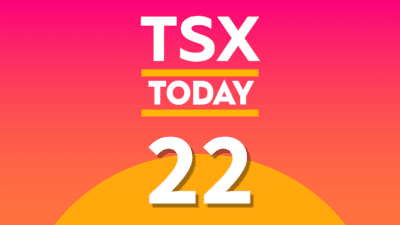Canadians are going through an unprecedented difficult period because of the pandemic recession. To help you through these difficult times, the government is offering financial support. You might have to use your savings or get into debt to pay for your expenses – but before you do, here’s what you should know. The Canada Emergency Response Benefit (CERB) will end in September but there will be other forms of help available after.
The CERB will end on September 26
The federal government recently announced that the CERB for employed and self-employed Canadians directly affected by COVID-19 has been extended. What does it mean? Eligible CERB recipients receive $2,000 for a four-week period. The 24-week limit is now 28 weeks – a maximum of seven eligibility periods. The last period of CERB is between August 30 and September 26.
There will be other forms of help after the CERB
So what should a CERB recipient do next?
Income support will be available under the Employment Insurance (EI) program for those who have received the CERB, including temporary measures to help more people qualify. Eligibility for EI is based on hours worked in the previous year.
As the pandemic has limited people’s ability to work, applicants can now qualify for EI with as little as 120 hours in the previous year. This lower threshold is retroactive to March 15, so anyone who may not be eligible for maternity, parental, compassionate care, family caregiver, or work-sharing benefits due to a lack of hours can now receive EI.
CERB recipients will automatically switch to the Employment Insurance program on September 27 and receive a maximum of $573 per week for a maximum of 45 weeks.
There is a new Canadian Recovery Benefit (CRB) that will also be available starting September 27 for those who do not qualify for EI – primarily those who are self-employed. Canadians 15 years of age or older who have not been able to work or whose income has been reduced from pre-COVID-19 pandemic levels may be eligible for the CRB. You must not have stopped working voluntarily.
The benefit is $400 per week for up to 26 weeks. You need to have earned work income of at least $5,000 in either 2019 or 2020 to qualify.
How to avoid drowning in a sea of debt
If you have a credit card balance, consider using a line of credit instead. Interest rates on a line of credit are often lower than on credit cards. Just be careful not to increase your credit limits and balances without a debt repayment plan. Prioritize the payment of your debts that have the highest interest rate.
In the short term, asking your lender to increase your amortization on your mortgage could help your cash flow by reducing your payments.
Check with your lender about deferring payments for your mortgage, student loan, or other debt. Interest will continue to accrue, but you won’t have to make your regular payments for a certain period.
Setting aside three to six months of your salary is important when it comes to dealing with financial emergencies. A TFSA is a great help, as you can withdraw money whenever you want without paying taxes or penalties. You can make your money grow faster in a TFSA as all the money you make inside a TFSA is tax free.
Investing in dividend stocks like Fortis or Toronto-Dominion Bank is a good way to make your capital grow while receiving dividend income, which you can use to pay your expenses.







